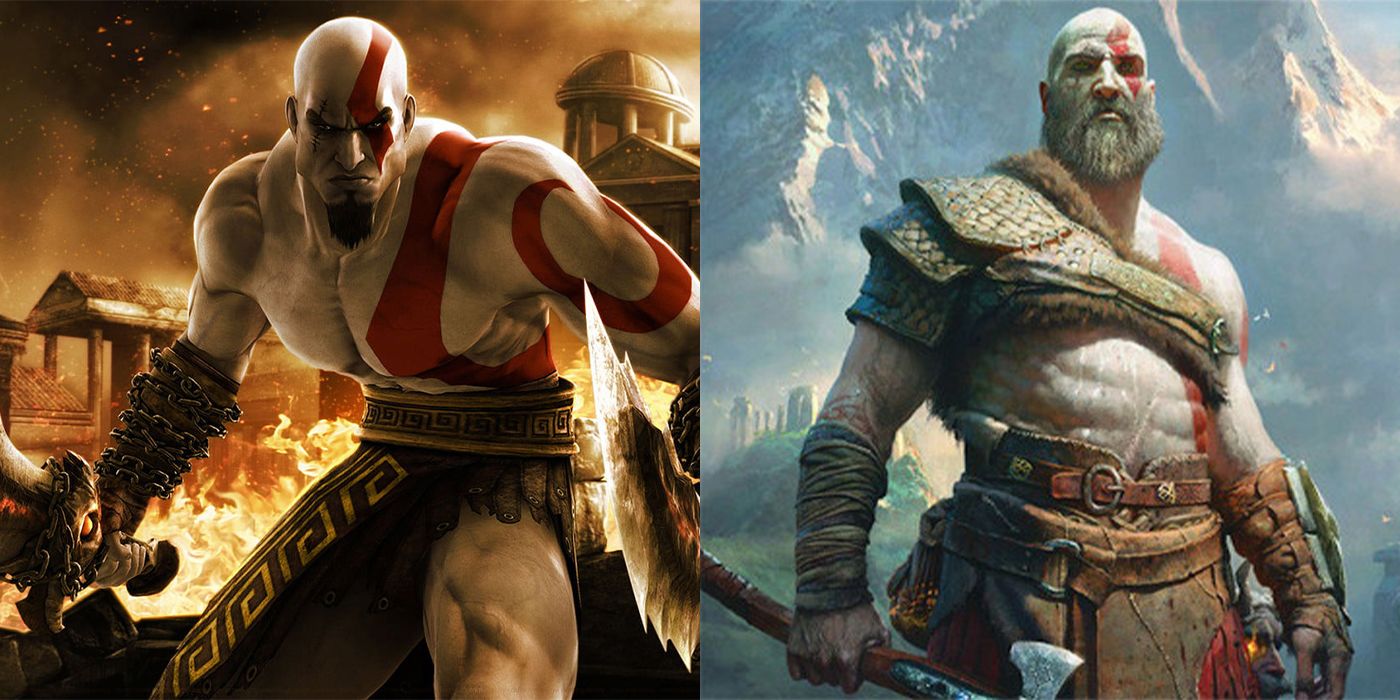

This would make Kratos a relative of the Olympian gods, but not one of their direct number.

Of the many different quests available in the game, the central one involves father and son traveling to the highest peak in the realm to scatter the ashes of the woman who was once dear to them both in accordance with her final wishes.In many myths, Kratos is referred to as the son of the Titans Pallas and Styx. Kratos, however, was still an incredibly popular and memorable character and in order for him to stay that way and not fall to the same demise of other popular Sony character, Spyro the Dragon, the developers realized that Kratos needed to change to remain a bankable star and stay popular amongst an ever-maturing audience.Īpart from a few gameplay changes, the key new addition to the game is the introduction of Kratos’s young son, Atreus, the child from his second marriage, who forces Kratos to evolve beyond the psycho he has been in previous games. In the process, Kratos becomes a cartoon, which Sony Santa Monica attempts to obscure by turning the gore up to eleven.” As video game critic Kat Bailey noted in an essay for USgamer, “God of War II and III rehash much of Kratos’ story arc, arriving at much the same conclusion as the original game, only in a less subtle fashion. The novelty of killing a god, which served as the finale of the first game, degraded into a routine by the time of God of War 3 (2010).
#HOW OLD IS KRATOS SERIES#
The qualities that made Kratos’s story so captivating saddled the series as it wore on. The rest of the game relates Kratos’s quest for vengeance, which leads to the toppling of Ares and the usurpation of his role. Adding to his misfortune, an oracle curses Kratos to be stained from head to toe in the ash of his family’s remains. Though Kratos is restless in the application of his talents, which he plies in the glory of his master, Ares tricks Kratos into slaughtering his own wife and child so as to unmoor him from all human sympathies. Heeding his request, the god intervenes on behalf of the Spartans and grants Kratos peerless fighting abilities. Desperately, he calls upon Ares, the god of war in Greek mythology, to aide his army in exchange for complete servitude. On the verge of defeat, Kratos, a general of Sparta, watches as a barbarian horde threatens to overwhelm his men. The original “God of War” features one heck of a good background story. But after six major titles in seven years, culminating in the relatively soft sales of 2012’s God of War: Ascensions (which frankly I never even considered playing after being such a huge fan of the original trilogy) one could be forgiven for thinking that Kratos’s greatest dangers were overexposure and competition. Since its PlayStation 2 debut, the series has been known for its eye-smacking graphics, bloody set pieces, and sizable campaigns. Since 2005, the God of War series has chronicled Kratos’s journey from Spartan general to the scourge of Mount Olympus. Video games have spawned countless mavens of death but of those many reapers, few are as memorable as Kratos, the slayer of gods. Though a narrative reason is soon given for this act - Kratos needs the wood to build a pyre for his newly deceased wife - it’s hard not to read it as a nod to the fact that some of the pillars in the previous games have been given the ax. Poignantly, the first action the game allows us to perform is to chop it down. At the very start of the new God of War, we come across an older, heavily bearded Kratos standing before a large tree.


 0 kommentar(er)
0 kommentar(er)
